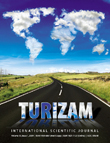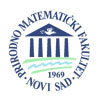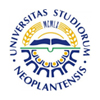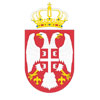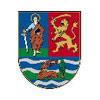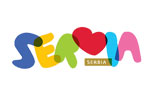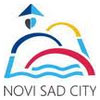Suburban neighbourhoods: hidden treasures for cultural tourism development
Milena Dragićević Šešić
Faculty of Dramatic Arts, University of Belgrade, Serbia
Now day’s tourists are looking for a genuine life experiences which are not advertised in an official promotional materials. If they feel safe enough, they like to wonder around, to walk without a set itinerary, discover hidden and not yet „branded“ neighborhoods and that way, participating in an everyday life of its inhabitants, experiencing the true (not only desirable) spirit of a city.
Cultural habits and practices that might become goods and services, especially if they are contextualized and arranged around an event, such is the the Street Musicians Festival, are inexhaustible resources for the (re)interprentation of a city's phisical environment (nature, streets, houses, architecture, historical and modern edifices). Events, from family gatherings and celebrations to public festivals, as a soft fabric of cities, are always giving different meanings to the same or changed phisical space and, maybe before everything else, the best certificates of city identity and not less important, safety and security. The paper will discuss how city's neighborhoods could evolve towards an alternative lively centers, free from heavy political stamp (administrative, economic, touristic, etc.), as a perfect settings for a spontaneous moments of pleasure.
All citizens, if encouraged to share their memories and express their changing identities, are able to reinvent their surroundings and create unique experiences for their families, associates and friends, and tourists are always enjoying in such occasions because they are witnessing and participating in something so ordinary and so exclusive at the same time. That is why tourism policy, that wants to attract a demanding but generous tourist, should be forged in partnership with civil society organizations, artists and cultural professionals. Few examples will be presented from the cities from the region and around the world (“Yellow House” Beirut, “Kuba project” Istanbul, Lyon Tony Garnier, Rio, Cairo, etc.).
The text will show how civil society cultural agency and more specifically artistic participative projects, can achieve more than social intervention through creative practices – the real reconstruction of urban neighborhoods and its public spaces, using all the potentials and cultural resources, creating new narratives and contemporary identities.
Key words: urban neighborhoods, civil initiatives, cultural habits, cultural tourism, cultural memory

